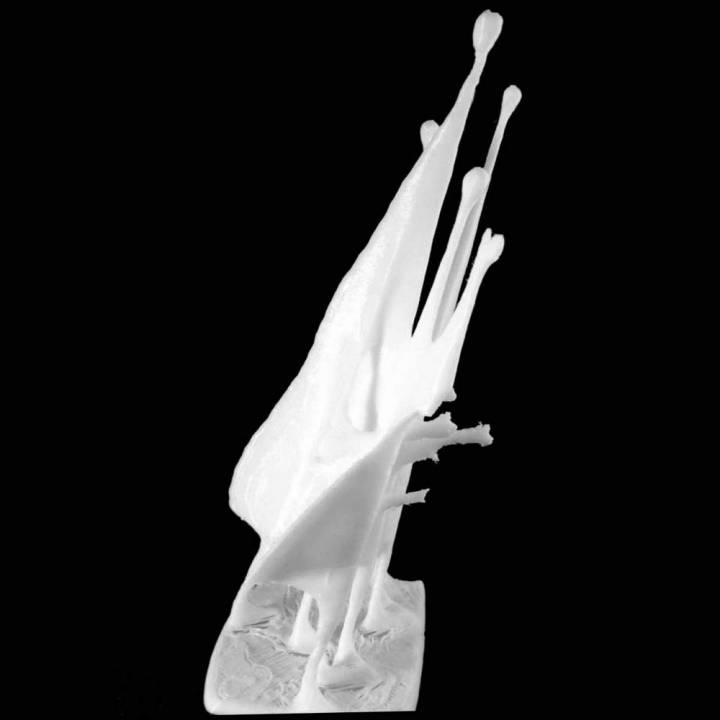
Reklama
3D tiskárny



AONN.cz
Sp┼Ö├ítelen├ę Weby
|
3D modely ARTPeople in the Wind at Tate Britain, London

Title People in the Wind Artist Kenneth Armitage (1916-2002) Date 1950 Medium Bronze Dimensions 648x 400x 343mm Accession# T00366 Credit Purchased 1960 This sculpture was exhibited in the British section of the 1952 Venice Biennale, along with works by Reg Butler, Lynn Chadwick, Bernard Meadows and others. In his catalogue essay, Read associated their work with Cold War anxieties. He commented: ''These new images belong to the iconography of despair, or of defiance ... Here are images of flight ... of excoriated flesh, frustrated sex, the geometry of fear.'' Placed at the entrance of the exhibition was a sculpture by Henry Moore, whom Read described as the ''parent of them all'. Armitage first attracted international attention as one of a group of young British sculptors, including Reg Butler, Lynn Chadwick, Eduardo Paolozzi and William Turnbull, who showed at the 26th Venice Biennale in 1952 and whose work signalled a new, anti-monumental, expressionist approach. Armitage's preoccupation was with the human figure, combined with an interest in vertical and horizontal structure. He created small-scale figures, full of droll humour, with broad, flattened bodies, pinheads and sprouting, stick-like limbs. The hieratic, frieze-like aspect of his work was also developed in such sculptures as Diarchy (bronze, 1.71×1.09×1.0 m, 1957; London, Tate). In 1955–7 he changed to working in clay, and in the 1960s he employed wax, resins and aluminium, and his pieces became darker in mood and more abstract. In the late 1960s and early 1970s he made a series of disembodied limbs and ‘furniture-figures'. He also experimented with drawn, screen-printed and photographic figural images on three-dimensional surfaces (e.g. Folding Screen, 1972; U. Nottingham A.G.). Between 1975 and 1986 he moved from the figure to nature in his series of sculptures and drawings of oak trees in Richmond Park, London. (Credit; Tate) n├íhodn├Ż v├Żb─Ťr model┼»
|
©Ofrii 2012
| |||